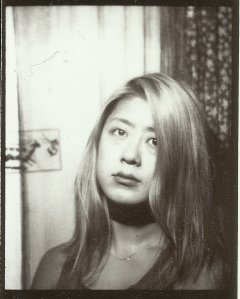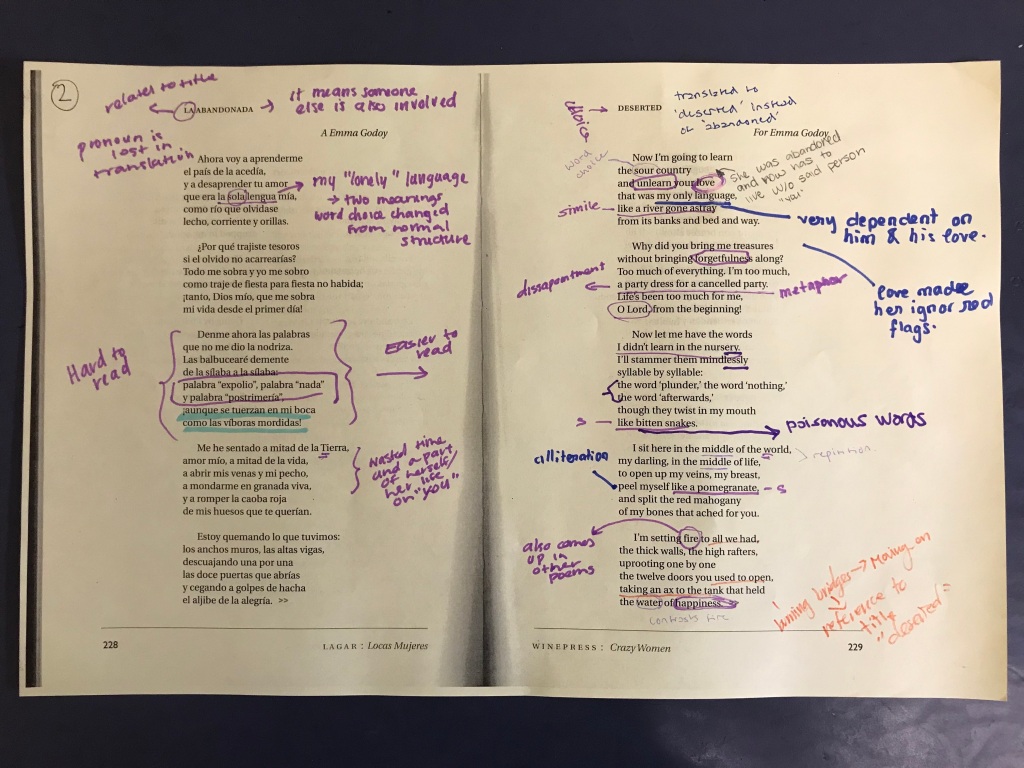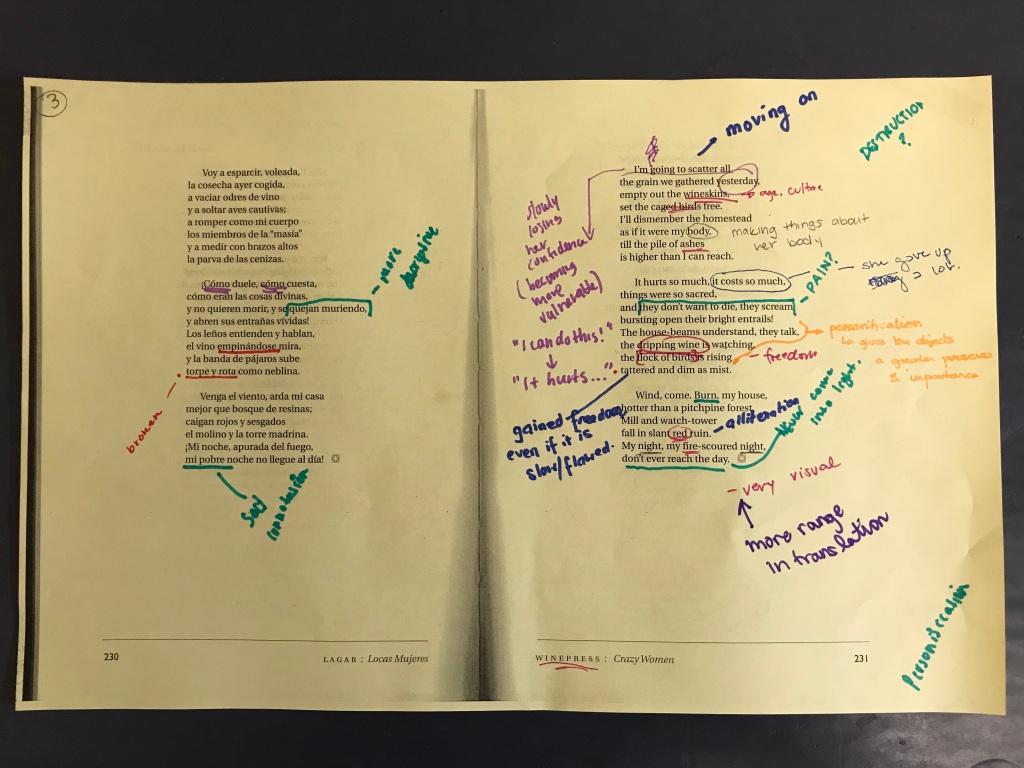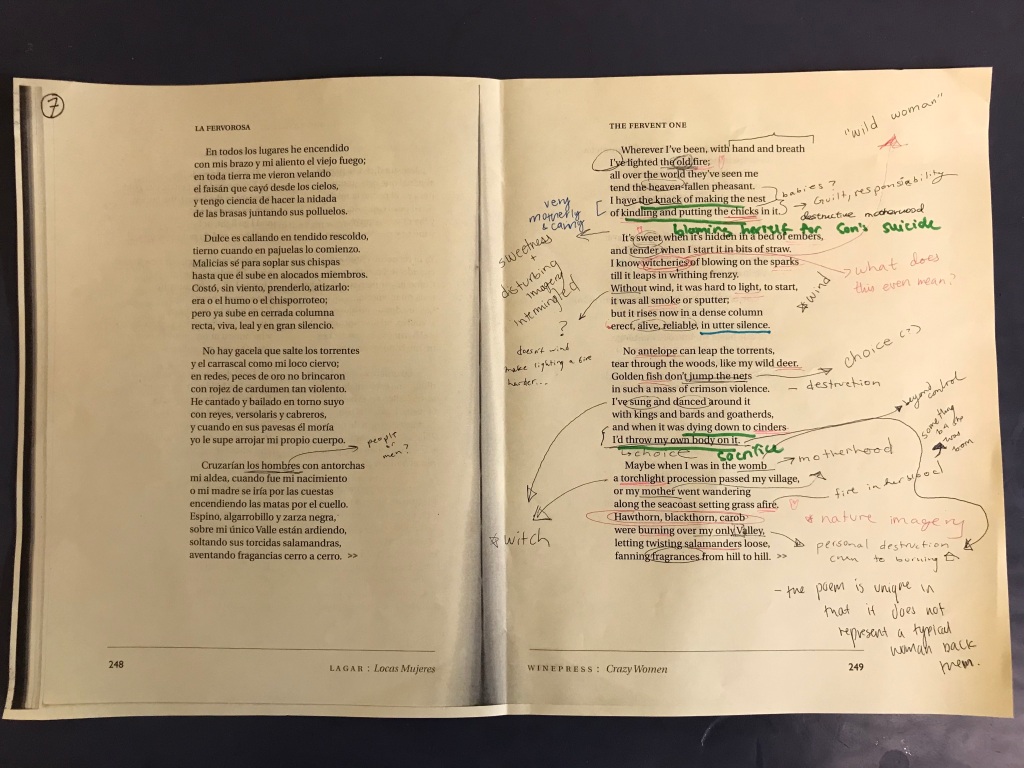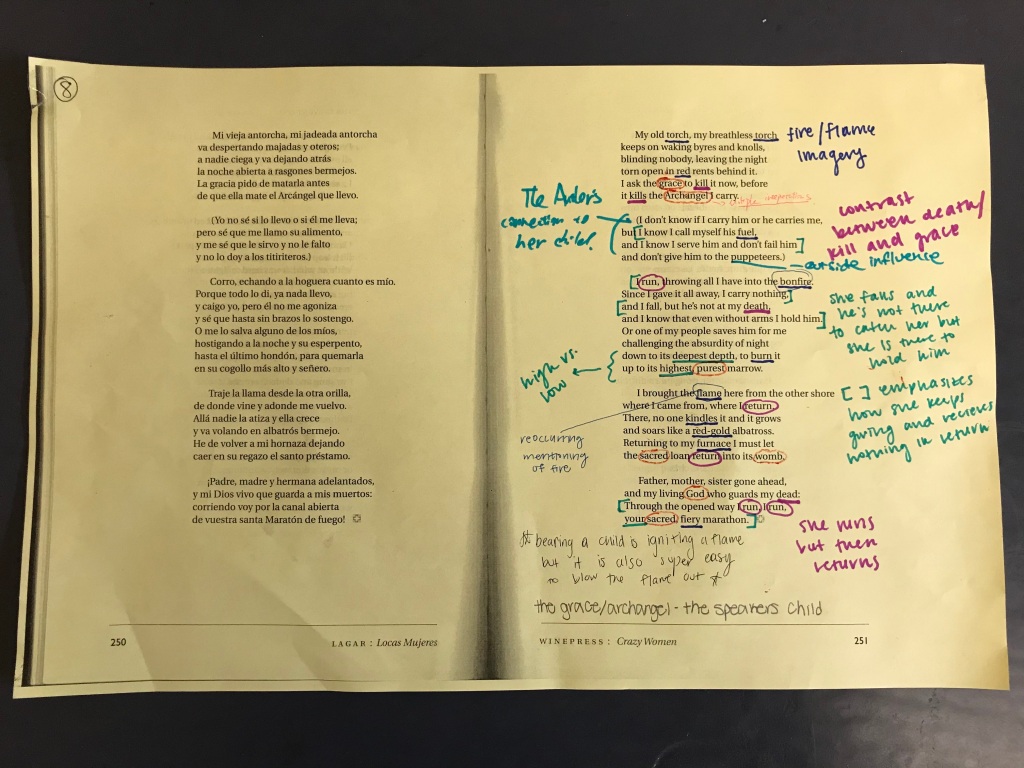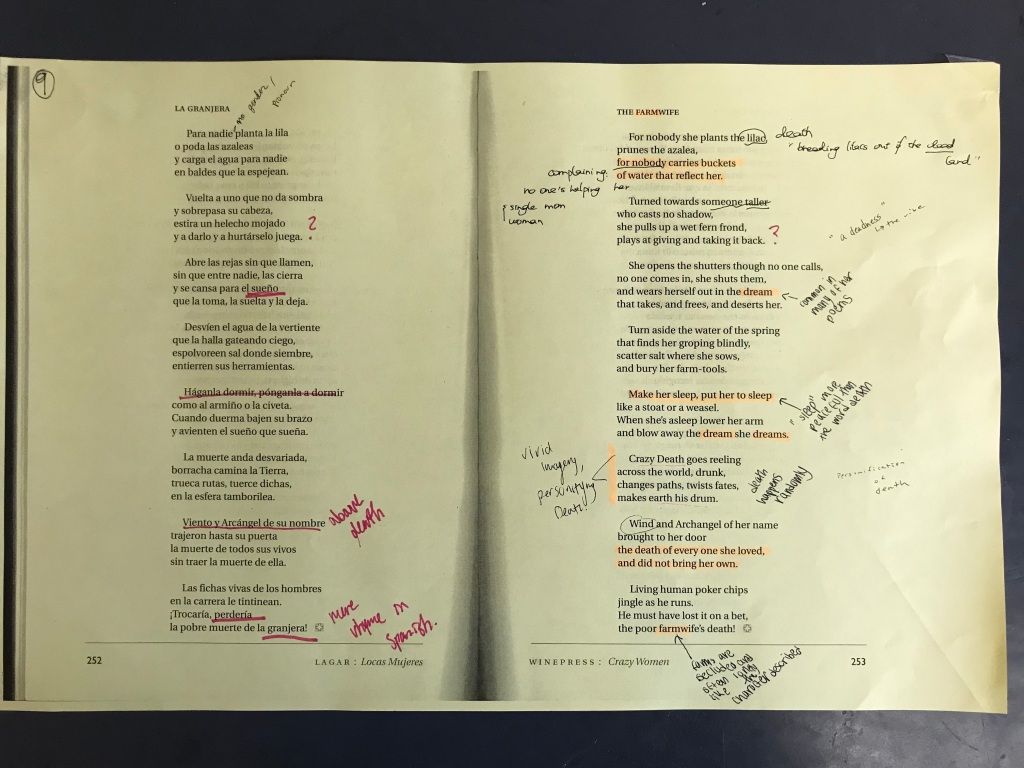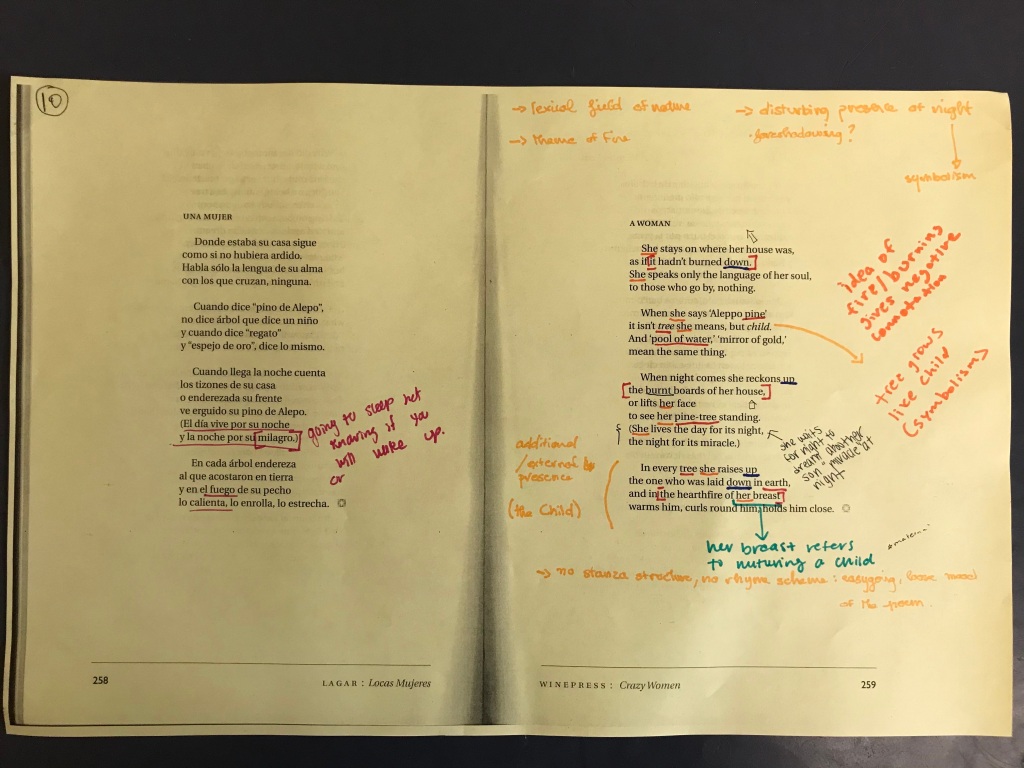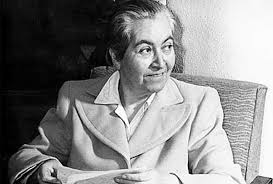Hi everyone,
We will not be having class in person on Tuesday, 3/10 due to the coronavirus precautionary cancellations. Please check bcourses Announcements for further details.
Here is our lesson plan for today’s digital class:
You will be working on a peer review of your partner’s analytical essay. Here are the pairs based on text or other affinities in what you’re writing about.:
- Ella & John
- Samiha & Daniel
- Sophie & Sally
- Alyssa & Alicia
- Giselle & Giovanna
- Valeria & Ivy
- Emily & Clara
- Denise & Alexis
- Cecily & Carolina
- Naia & Edwin
- Christine & Carla
- Annie & Margarita
- Dawn & Sofía
- Max, Misha & Howard
You can choose between this peer review questionnaire (general) or this peer review backwards outline (for organization/structure). We encourage you to do whichever one you didn’t pick as a way to edit your own work between now and Thursday. Here’s what should be completed today:
- Email your partner a digital copy of your essay and tell them which peer review handout you’d like them to use. Be sure to cc Marlena and Gianna on your email.
- Once you receive the email from your partner, read their essay and complete the peer review handout they asked you to complete. Then, email your completed feedback handout to your partner and cc Marlena and Gianna. This whole process should take about 1 hours from start to finish.
Once you’ve completed peer review, please use the remaining time to fill out the midsemester evaluation form. as we mentioned in a bcourses announcement, as of Saturday morning the form questions and responses have been mysteriously cleared. As such, we are asking you all to please re-take the survey even if you have already done so, and to take it if you didn’t have a chance yet. We have updated the link, so please be sure to use this one (titled Updated). Please do reach out if you have trouble accessing or completing the form. One tip is that if you have a personal gmail address, be sure you are signed in through your berkeley.edu email and not your personal one.
Homework
- Final Analytical Essay 1 due. Here are the updated guidelines.
- 4-5 pages, not including your MLA Works Cited entry (that link will take you to PurdueOWL, a helpful citation cite)
- Give that we can’t meet in person, please submit your essay electronically on bcourses via Assignments.
- In the essay document, please also include an extra page with a letter to us:
- What’s the main claim of this paper? Do you feel like you proved it? Explain why or why not.
- What went well? What are you most proud of?
- What outstanding questions, concerns, or doubts do you have about this essay? Is there anything you’d like particular feedback on?
- Please also submit photos/a scan of your rough draft with all of our feedback, compiled into 1 PDF. We’ve opened up an additional Assignment on bcourses for this submission.

